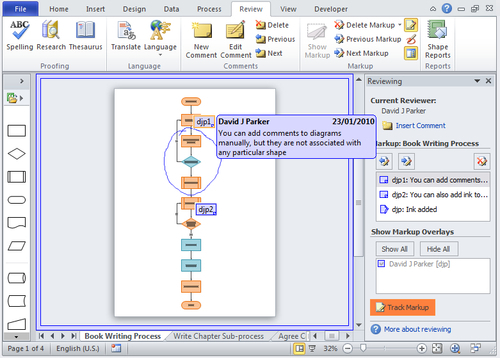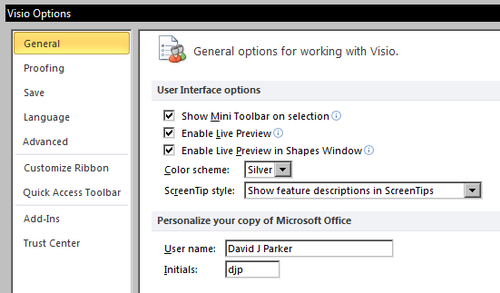Overview of this book
Microsoft Visio is a diagramming program using vector graphics, which ultimately allows business professionals to explore and communicate complex information more effectively. Through various visual representations, Visio enables complicated data to be presented in a clear, communicative, and data-connected way. Therefore, productivity is increased by utilizing the wide variety of diagrams that can convey information at a glance, as data can be understood and acted upon quickly. This book enables business developers to unleash the full potential of Diagram Validation that Visio 2010 Premium Edition has to offer.This focused tutorial will enable you to get to grips with Diagram Validation in Visio 2010 Premium Edition to the fullest extent, enabling powerful automatic diagram verification based on custom logic and assuring correct and compliant diagrams. You will learn how to create and publish Rules, and use the ShapeSheet to write formulae. There is a special focus on extending and enhancing the capabilities of Visio 2010 diagram validation, and on features that are not found in the out-of-the-box product, like installing and using a new Rules Tools add-in, complete with source code, reviewing the new diagramming rules in flowchart and BPMN templates, and creating your own enhanced Data Flow Model Diagram template, complete with Validation Rules.The book begins by covering the basic functions of Visio 2010, and then dives deep into showing you how to formulate your own Validation Rules and understand the Visio Object Model. ShapeSheet functions are explored in detail, as are creating Validation Rule Sets and Rules, and visualizing issues, with practical demonstrations along the way. Other content includes building a Rules Tools add-in using C#, creating test and filter expressions, and publishing Validation Rules for others to use. Finally, the book considers the creation and implementation of a new RuleSet for Data Flow Model Diagrams with a worked example.By following the practical and immediately deployable examples found in the book, you will successfully learn both how to use the features of Microsoft Visio 2010, and how to extend the functionality provided in the box.





